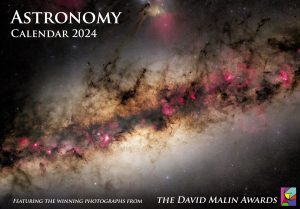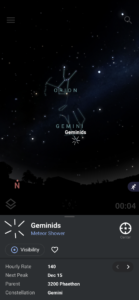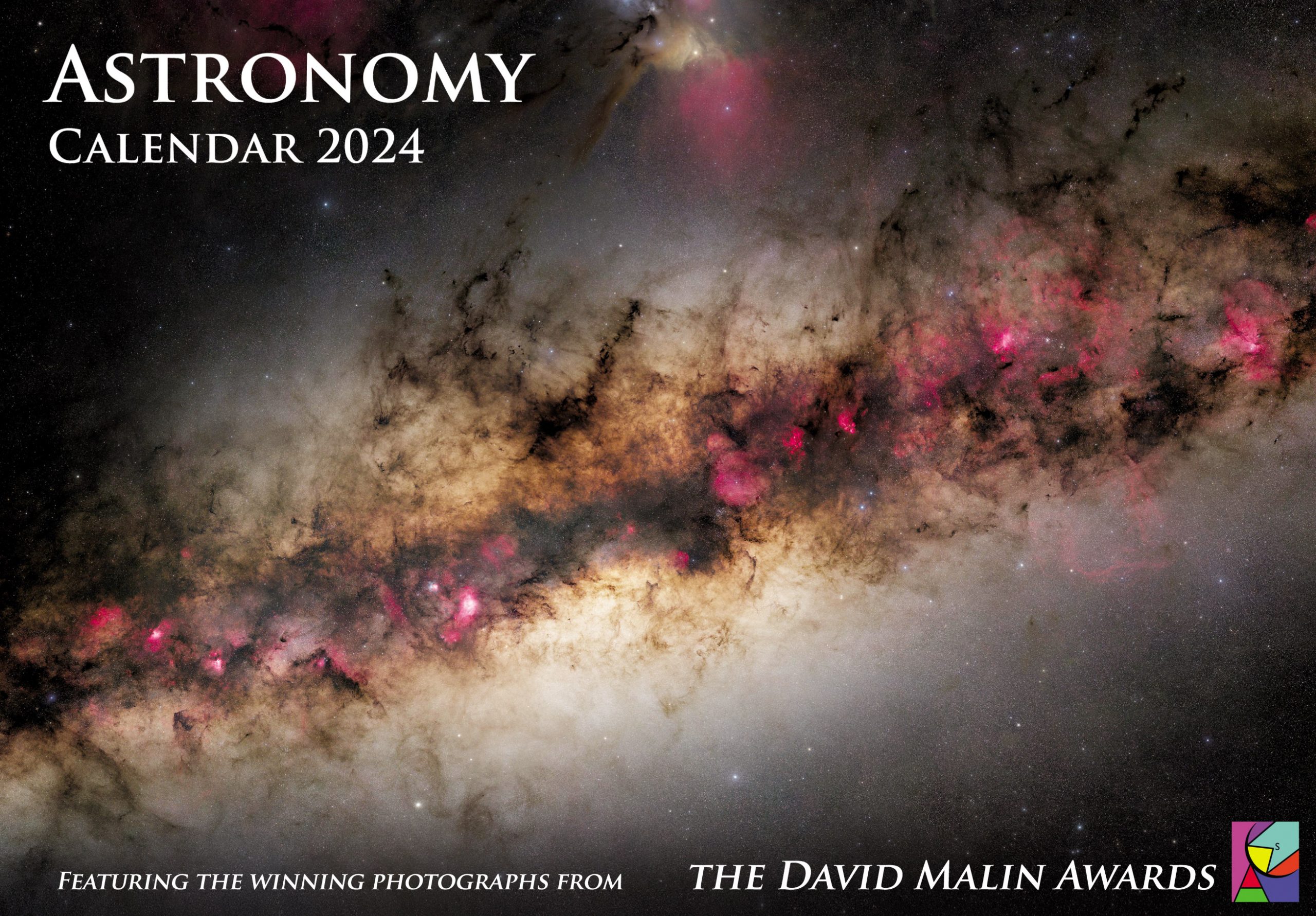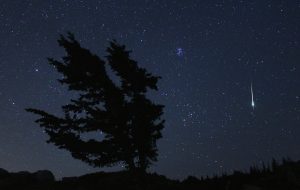December Skies 2023

As the December sky brings to an end 2023 we get to see some of our favourite and most familiar constellations return to the evening sky, such as Orion the hunter and his companions.
The Constellations
One of the sparkling jewels of this group first seen is the delightful Pleiades star cluster.
Best seen in a large pair of binoculars or at low Magnification through a good quality refracting Telescope, this young (circa 100 million y.o) star cluster features in the mythology of many cultures from antiquity to the present day. Usually depicted as Seven beautiful sisters running across the sky to escape the infatuated attention of a man ! Orion is usually the culprit, but we will talk more about him soon.
Commonly called the seven sisters, it takes a keen Eye and a clear, dark sky to see more than 6 of the 1000+ stars in this cluster located “nearby” at just 400 or so light years away.
Following the Seven sisters into the sky is the heart of the constellation where they reside, Taurus. The head of the Bull, known as the bright and obvious Triangle asterism of the “Hyades” features the massive red giant star Aldebaran or the Eye of the bull. When we look at this star we see a Red Giant that is 40 times bigger than our sun & closer to us than the seven sisters at just 60 light years away.
Close behind the the bull (and hunting him) is our afore mentioned & infatuated hunter/god, Orion.
Next to the southern cross, Orion is perhaps the best know constellation in Australia & NZ thanks to the “Asterism” of the Saucepan!
The handle of that saucepan is Orion’s Sword & the middle star of that Sword is the stunning Orion Nebula, one of the biggest in apparent size and brightness. So much so that even binoculars will reveal otherwise hidden details.
The Planets
This December finds Jupiter high overhead in the constellation Aries the Ram & Saturn continuing to be bright and obvious in the constellation of Aquarius in the western sky. Both are worth a look through almost any telescope.
Venus is now back to being the “Morning Star” And can’t be missed in the pre dawn morning sky.
Meteor Showers
The Geminids Meteor shower is usually the highlight in December on the 14th and 15th with over 120 meteors per hour & we now have a dark moonless sky on the Peak night of the 15th Dec.
So look up and to the North East from midnight onwards to the constellation of Gemini “The Twins” for what I hope will be the best Meteor shower of the year !

Early storms and now a threatening Cyclone are already making their mark across eastern and Northern Australia so we can only hope for a few gaps to see some of these celestial delights.
At NightSkySecrets we wrap up our tours for the year to return again in April when we hope the skies are clear again.


